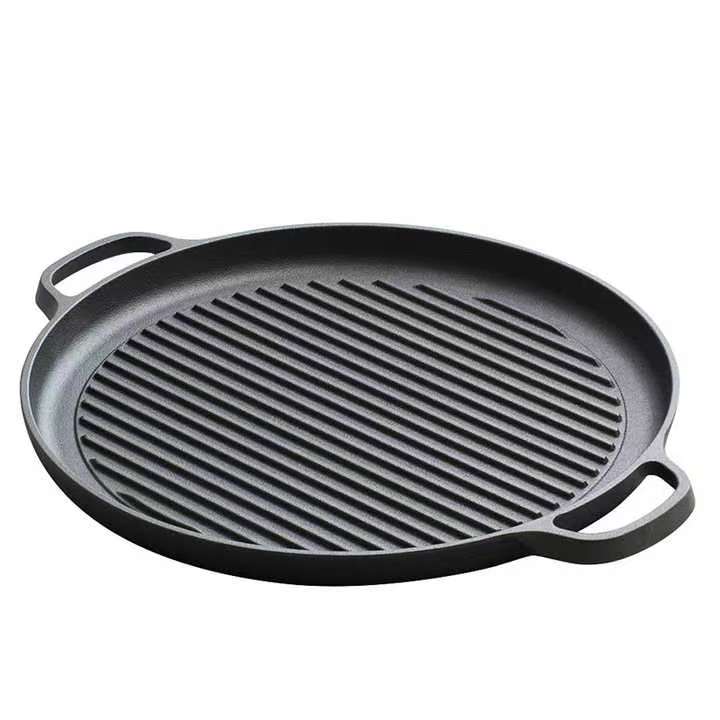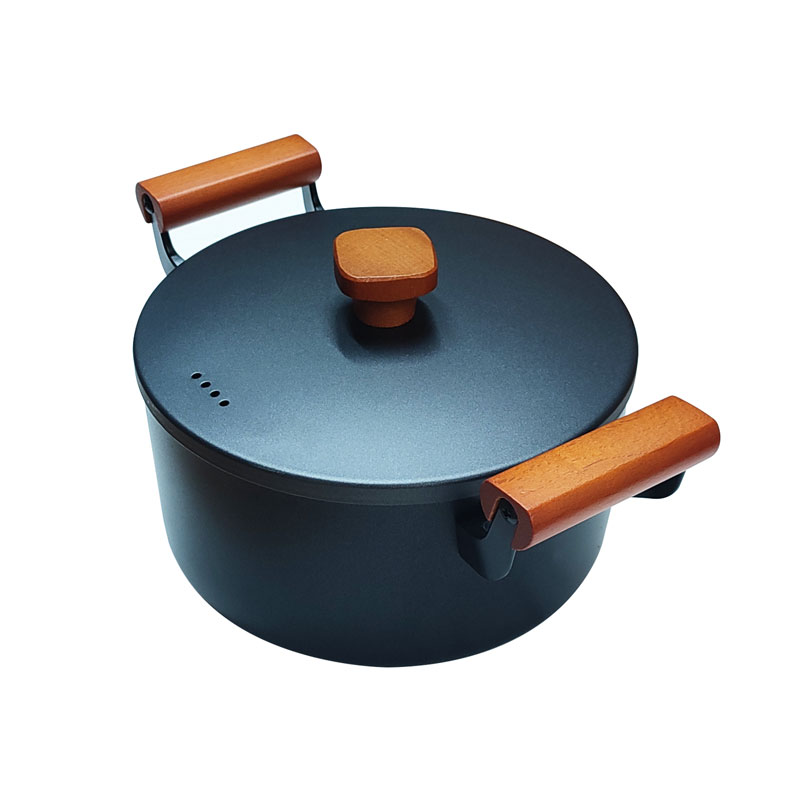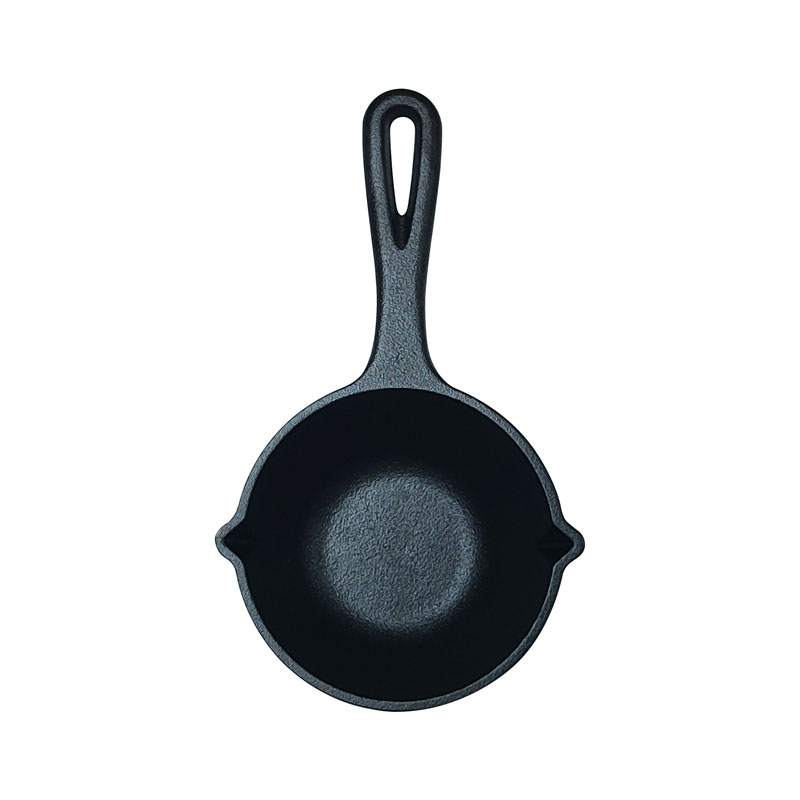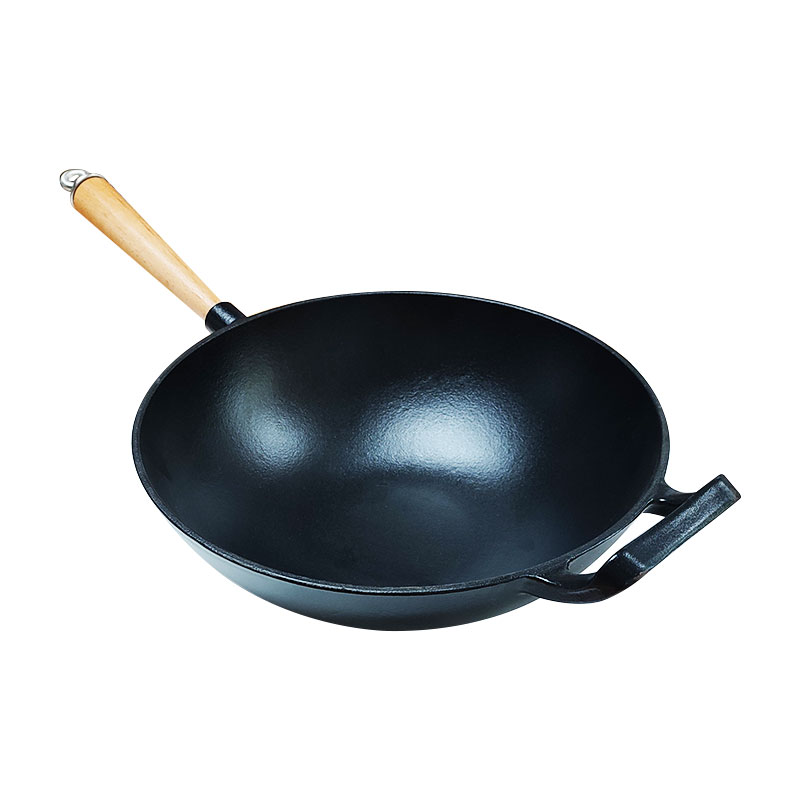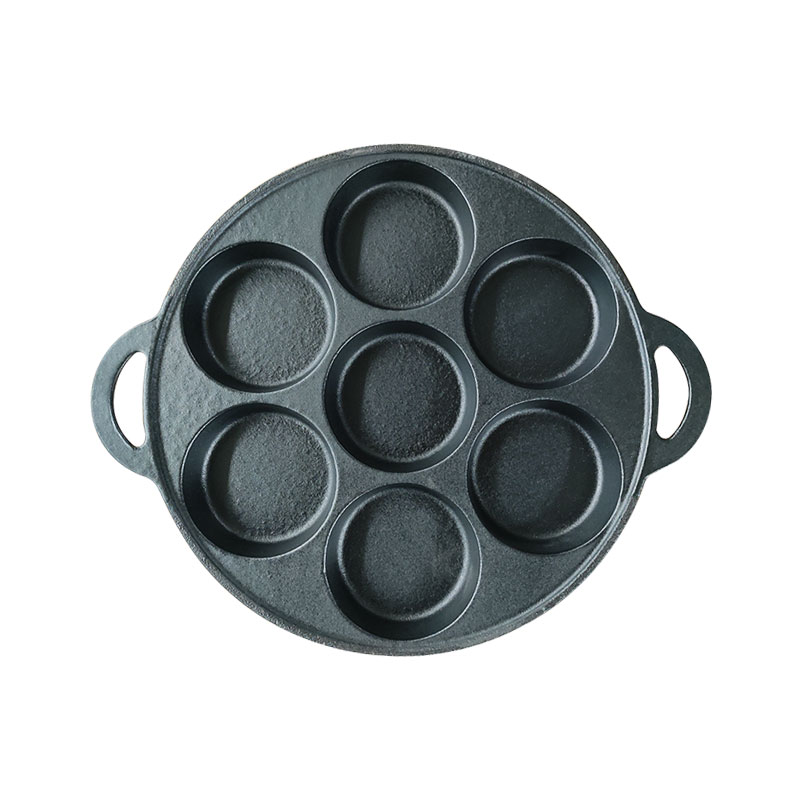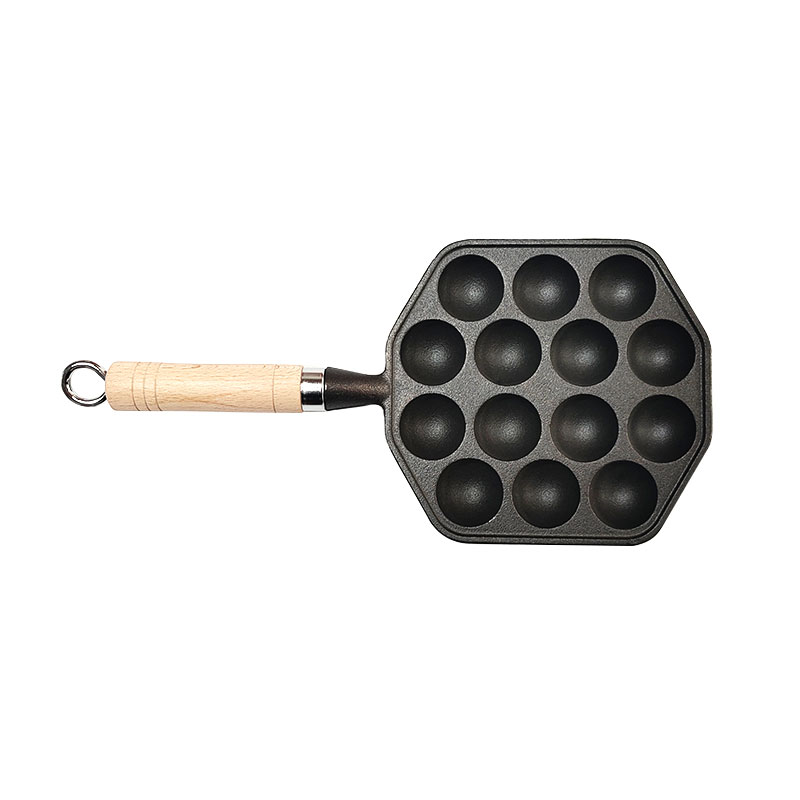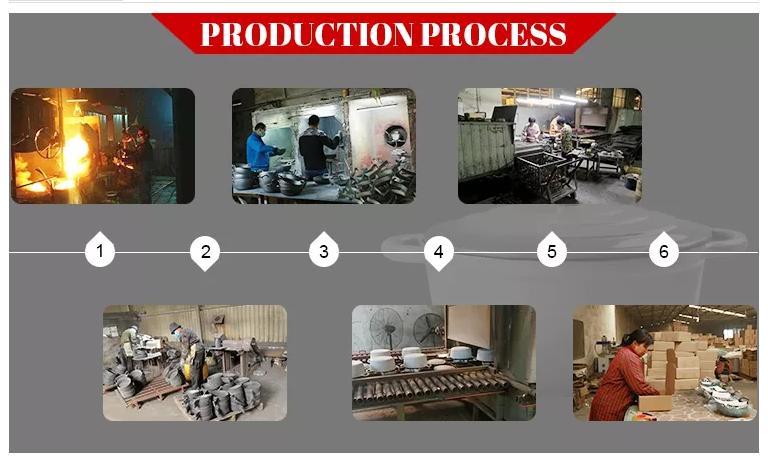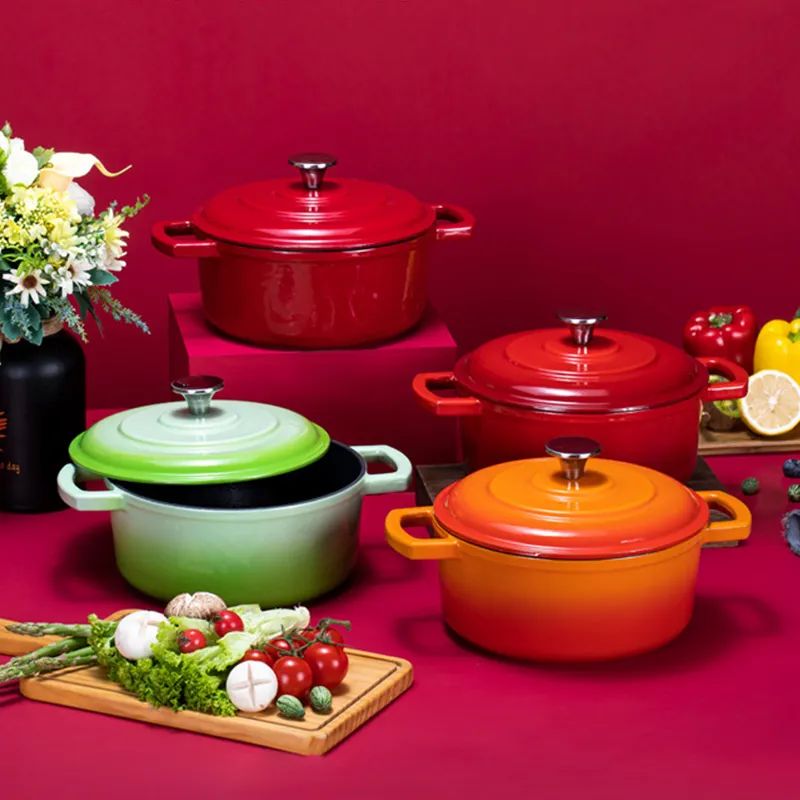- Afrikaans
- Albanian
- Amharic
- Arabic
- Armenian
- Azerbaijani
- Basque
- Belarusian
- Bengali
- Bosnian
- Bulgarian
- Catalan
- Cebuano
- Corsican
- Croatian
- Czech
- Danish
- Dutch
- English
- Esperanto
- Estonian
- Finnish
- French
- Frisian
- Galician
- Georgian
- German
- Greek
- Gujarati
- Haitian Creole
- hausa
- hawaiian
- Hebrew
- Hindi
- Miao
- Hungarian
- Icelandic
- igbo
- Indonesian
- irish
- Italian
- Japanese
- Javanese
- Kannada
- kazakh
- Khmer
- Rwandese
- Korean
- Kurdish
- Kyrgyz
- Lao
- Latin
- Latvian
- Lietuvių
- Luxembourgish
- Macedonian
- Malgashi
- Malay
- Malayalam
- Maltese
- Maori
- Marathi
- Mongolian
- Myanmar
- Nepali
- Norwegian
- Norwegian
- Occitan
- Pashto
- Persian
- Polish
- Portuguese
- Punjabi
- Romanian
- Russian
- Samoan
- Scottish Gaelic
- Serbian
- Sesotho
- Shona
- Sindhi
- Sinhala
- Slovak
- Slovenian
- Somali
- Spanish
- Sundanese
- Swahili
- Swedish
- Tagalog
- Tajik
- Tamil
- Tatar
- Telugu
- Thai
- Turkish
- Turkmen
- Ukrainian
- Urdu
- Uighur
- Uzbek
- Vietnamese
- Welsh
- Bantu
- Yiddish
- Yoruba
FAQs About Enameled Customizable High Quality Cast Iron Milk Pan
What Are The Benefits Of An Enameled Cast Iron Milk Pan?


An Enameled Cast Iron Milk Pan Offers Excellent Heat Retention And Even Distribution. The Enamel Coating Prevents Rust, Makes It Easy To Clean, And Does Not Require Seasoning Like Traditional Cast Iron.
Can The Milk Pan Be Customized With Colors Or Logos?


Yes, We Offer Customization Options Including Color, Logo Printing, And Packaging Design. This Is Ideal For Branding Or Matching Your Kitchen Aesthetic.
Is The Milk Pan Safe For All Cooking Surfaces?


Yes, The Milk Pan Can Be Used On Gas, Electric, Ceramic, And Induction Cooktops. It’s Also Oven-Safe, But Not Suitable For Microwave Use.
How Should I Clean And Maintain The Enamel Surface?


Clean The Pan With Warm Soapy Water And A Soft Sponge. Avoid Using Abrasive Cleaners Or Metal Tools That Could Damage The Enamel Coating. Hand Washing Is Recommended For Longevity.
What Sizes Are Available For The Cast Iron Milk Pan?


The Milk Pan Is Available In Various Sizes, Typically Ranging From 0.5L To 1.5L. Size Options Can Also Be Customized Based On Your Order Requirements.


Teiraukitės dabar dėl ketaus virtuvės reikmenų pasiūlymų
Prašome užpildyti žemiau esančią formą ir mūsų komanda susisieks su jumis dėl kainų, produkto informacijos ir pritaikymo galimybių.










